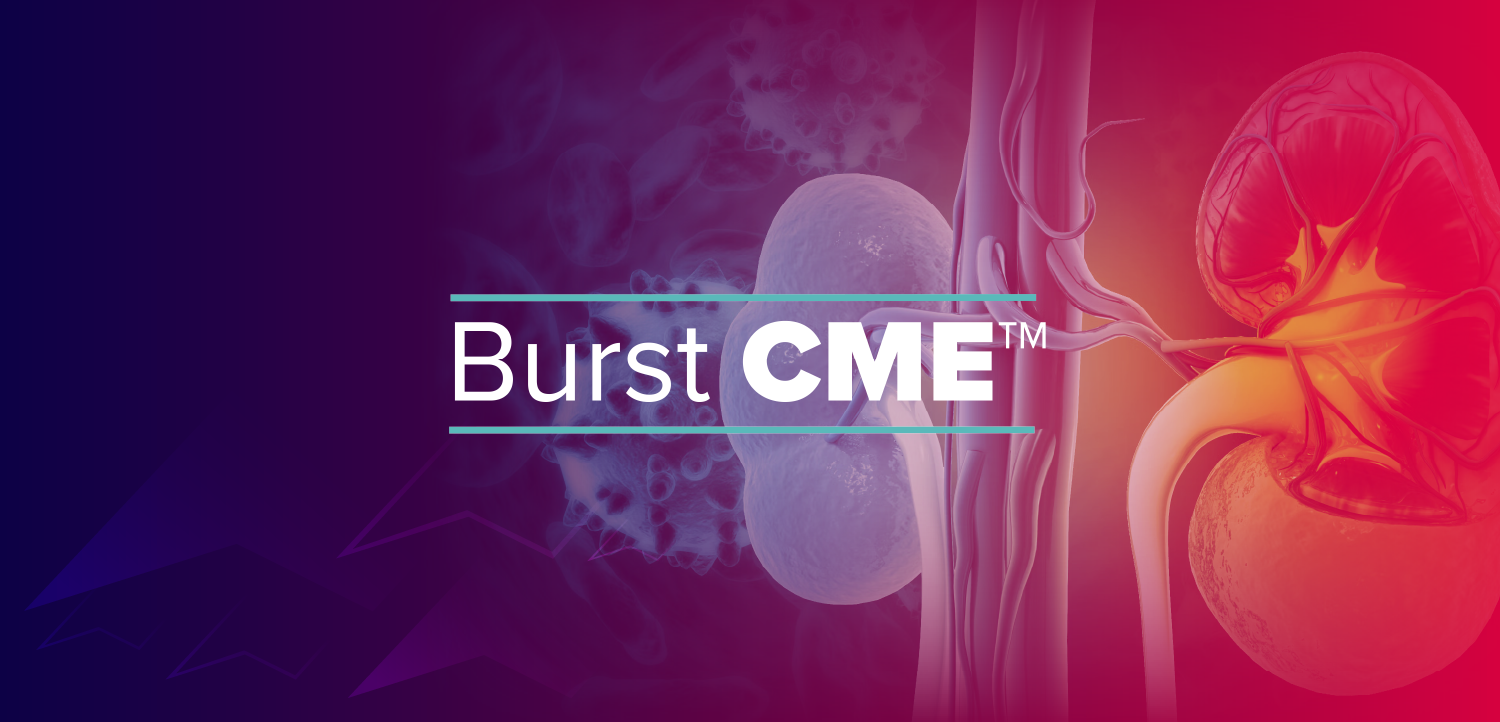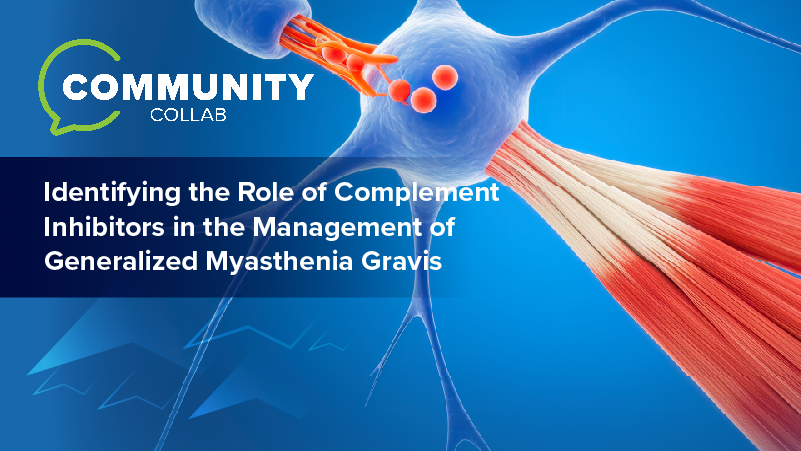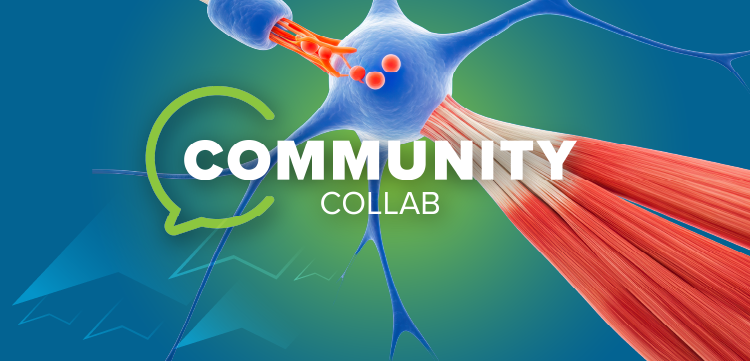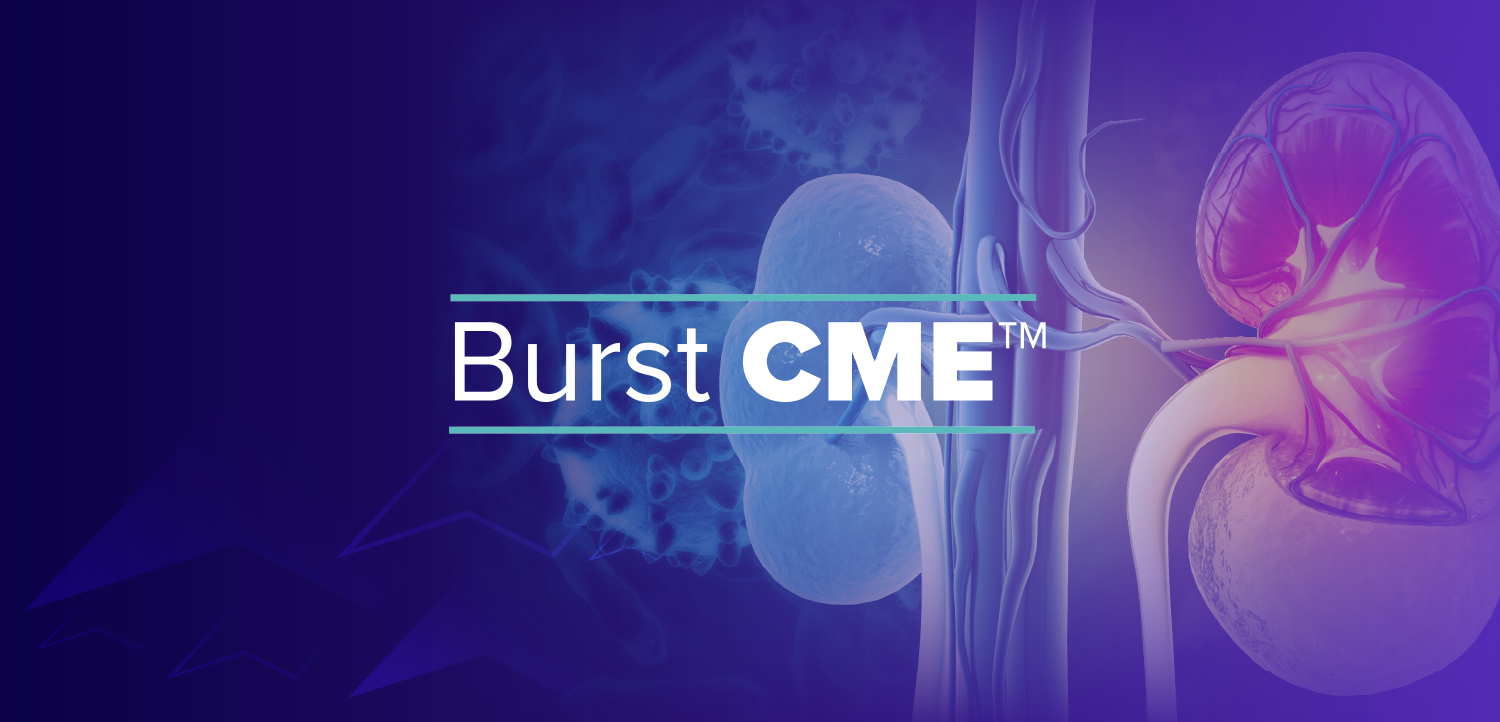
NeuroVoices: John Hey, PhD, on Alzheimer Agent Valiltramiprosate and Its Promise in Mild Cognitive Impairment
Key Takeaways
- Valiltramiprosate (ALZ-801) targets amyloid-ß oligomers, preventing their aggregation and potential neurodegeneration in Alzheimer's disease.
- The drug shows promise for early intervention, particularly in patients with mild cognitive impairment and the APOE ε4 genotype.
The chief scientific officer at Alzheon discussed the mechanism of valiltramiprosate and new data on toxic amyloid oligomers presented at the recently concluded Alzheimer’s Association International Conference.
The
Valiltramiprosate, or ALZ-801, works by binding to soluble amyloid-ß (Aß) monomers and preventing their aggregation into toxic oligomers–the early and most neurotoxic forms of Aß implicated in AD pathology. These oligomers are believed to disrupt synaptic function and initiate downstream neurodegeneration. The NeurologyLive® team has been following valiltramiprosate’s development for some years, and caught up with
As part of a new iteration of NeuroVoices, Hey provided greater context on the mechanism and rationale behind this therapy, as well as some of the phase 3 data presented at the meeting to support it. Hey, who works as chief scientific officer at Alzheon, gave a breakdown of the AAIC session, what each speech entailed, and the highlights around ALZ-801’s potential for early intervention–particularly in patients with mild cognitive impairment and APOE ε4 genotype.
NeurologyLive: Can you give us an overview of the AAIC 2025 symposium, and what the main themes will be?
John Hey, PhD: The symposium was focused on the role of amyloid-beta oligomers in the neuropathology and progression of Alzheimer disease, and how central they are to the disease process. We're also discussing valiltramiprosate—ALZ-801—and how it works by inhibiting the formation of these toxic oligomers, and how that mechanism is translating into meaningful clinical effects in our studies.
We covered several key aspects. First, the fundamentals: oligomers as a central, toxic amyloid species driving the disease. While much is known about monomers and plaques, less attention has been paid to the intermediate species—soluble aggregates—which we now understand are highly neurotoxic and appear to be the actual triggers for early Alzheimer pathology. These oligomers are like the spark that sets off the disease, often long before symptoms appear.
We also connected this to recent antibody therapies like lecanemab, which has been shown to target protofibrils—a subtype of oligomers—providing clinical validation for this approach. So, the symposium tied together the mechanistic science and clinical validation of targeting oligomers, culminating with data on ALZ-801.
Who will be speaking and what will their presentations cover?
We assembled a strong lineup. Sam Gandy, MD, PhD, opened with an overview of oligomer toxicity, linking preclinical evidence to the clinical course of Alzheimer disease. He showed how oligomers are not just byproducts, but early, driving forces behind the cognitive decline we see in patients.
Next, Kenjiro Ono, MD, PhD, presented elegant imaging studies using atomic force microscopy. His work visualizes oligomer formation from monomers and shows how valiltramiprosate directly inhibits this aggregation. He also presented data showing the drug’s ability to prevent oligomer-induced neurotoxicity.
Then, Hugo Geerts, PhD, presented a systems pharmacology model integrating clinical data and disease biology across amyloid species—monomers, oligomers, protofibrils, and plaque. This model predicts disease trajectory by APOE genotype and shows how ALZ-801 may intervene at different stages, particularly in slowing neurodegeneration.
Finally, I presented new data from our phase 3 APOLLOE4 trial. I focused on clinical outcomes in early Alzheimer, especially in the pre-specified mild cognitive impairment (MCI) population. We’re seeing meaningful effects on disease progression and neuroprotection in this group, which we think is critical for targeting disease before major cognitive decline sets in.
Can you elaborate on your portion of the symposium—what you’ll be presenting from the APOLLOE4 trial?
Yes, my talk summarized the clinical effects of valiltramiprosate in our phase 3 trial. We’re focusing on early Alzheimer disease, especially the MCI subgroup. In that group, we observed significant clinical benefits: slowing of atrophy progression, neuroprotective effects, and consistent safety data. The outcomes not only align with our drug’s mechanism—preventing toxic oligomer formation—but also suggest a promising disease-modifying potential.
Importantly, our trial included patients with APOE4 homozygosity, a high-risk group with few effective options. Our data indicate that ALZ-801 may be particularly beneficial here. I’ll also talk about our next steps as we continue to evaluate this therapy for broader populations with amyloid-driven Alzheimer disease.
Transcript edited for clarity.
Newsletter
Keep your finger on the pulse of neurology—subscribe to NeurologyLive for expert interviews, new data, and breakthrough treatment updates.


























